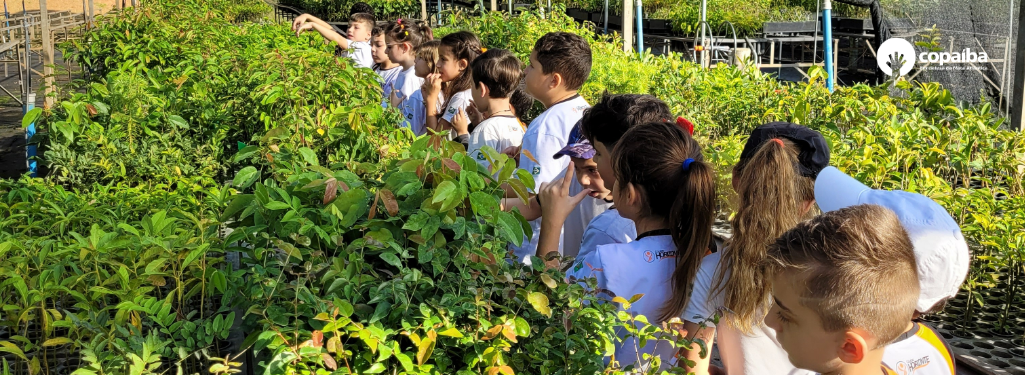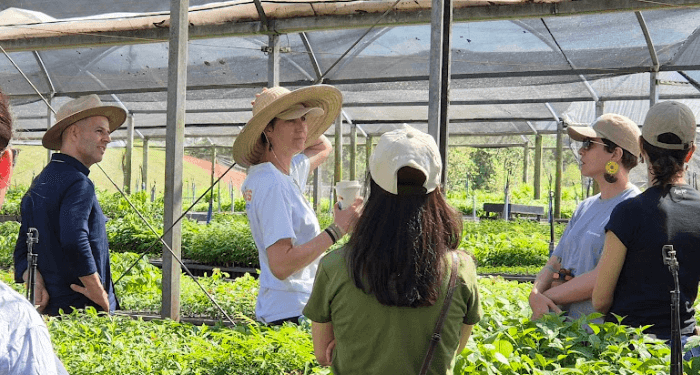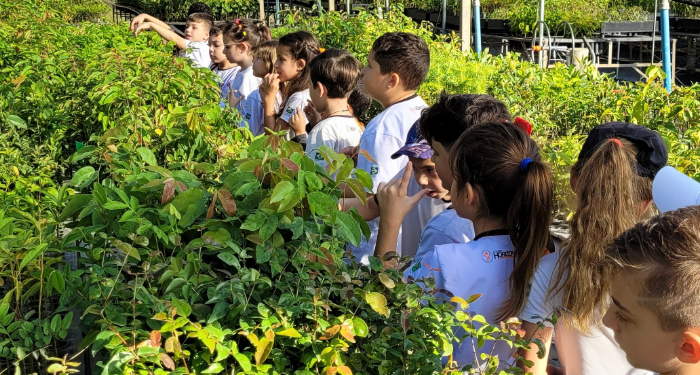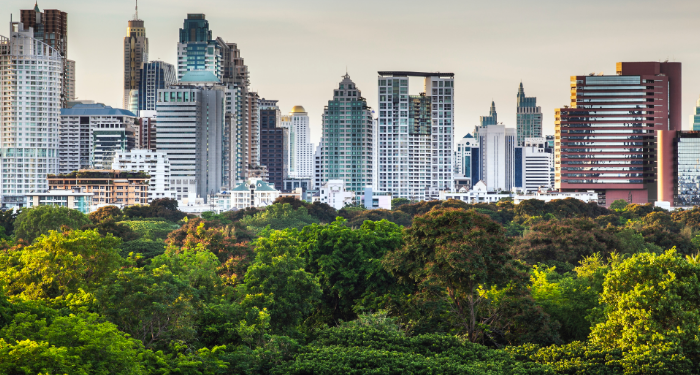Green childhood: environmental educator teaches 5 simple ways to include nature in children's routines
Green childhood: environmental educator teaches 5 simple ways to include nature in children's routines
Contact with natural environments reduces anxiety, improves cognitive functions and helps to form more conscious citizens, experts say
According to a Canadian study published in the scientific journal JAMA Network Open in 2024, children aged 10 to 12 who spend at least two hours a week in natural environments show a significant reduction in emotional distress, especially in cases where there were already signs of anxiety or social problems. Recent scientific reviews also reinforce this point: exposure to green spaces improves memory, attention, and cognitive functions in children and adolescents, in addition to contributing to physical and emotional well-being.
Another large-scale survey reinforces these results. A study published in Environmental International revealed that living near green spaces in the early years of life can reduce the risk of delays in a child's cognitive development. The study, conducted by Harvard scientists in partnership with other North American institutions, followed more than 1.8 million mothers and children between 2001 and 2014. Using satellite imagery, the researchers found that the presence of vegetation around homes was associated with lower rates of intellectual disability, learning disabilities, ADHD, and autism spectrum disorders, especially among Black and Hispanic children living in urban areas.
For environmental educators, the data confirms what is already observed in practice. “When a child has the opportunity to play, observe, and experience nature, they build an emotional relationship with the environment, learn to care for it, and develop greater curiosity,” says Viviane Condotta Gabriel, an environmental educator at Copaiba Environmental AssociationAccording to her, it's not necessary to go on long trips or visit forest reserves to encourage this contact; small, everyday actions can already make an impact.
Check out some of them:
- Regular short nature walks: set aside weekly time in nearby squares, parks or green areas, allowing your child to explore freely.
- Home gardening or container gardening: planting, watering, and monitoring the growth of seedlings, even in small spaces.
- Nature at home: bringing natural elements into your home, such as plants, windows with green views, and natural materials for art.
- Stories and environmental culture: use books, songs, legends, and visits to museums or reserves to stimulate curiosity and awareness.
- Simple sustainable practices: separate waste, save water, reuse materials, and participate in community efforts or planting.
More about Copaiba
Founded in 1999 by a group of friends concerned about the degradation of the Atlantic Forest in the municipality of Socorro, São Paulo, the Copaíba Environmental Association is a nonprofit organization, qualified as a Civil Society Organization of Public Interest (OSCIP), operating in 19 municipalities in eastern São Paulo state and southern Minas Gerais. Currently, the association promotes ecological restoration projects and programs; native seedling production; environmental education initiatives; and participation in public policy. In total, it has produced over 4 million seedlings, 300 partner landowners, restored 713 hectares, and 40,000 participants in environmental education experiences. Learn more at: https://copaiba.org.br/.
Share!
Latest publications
Environmental Educator's Day reinforces the importance of awareness and care for the planet
Copaíba reinforces the importance of creating generations that are more aware and committed to the future of the planet. On the 15th of [...]
Green childhood: environmental educator teaches 5 simple ways to include nature in children's routines
Contact with natural environments reduces anxiety, improves cognitive functions and helps to form more conscious citizens, say experts According to [...]
Ecological restoration and public policies: investing in nature is investing in life
ARTICLE (PUBLIC POLICY) The latest IPCC Synthesis report warns that there is more than a 50% chance of [...]
 Skip to content
Skip to content







